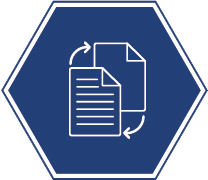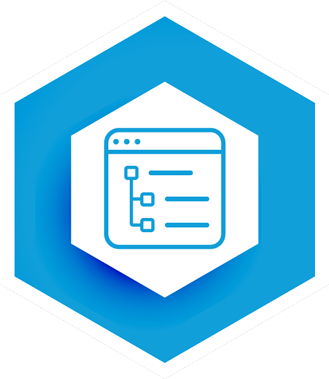Ultragenic implements Argus safety system automations for two leading Covid vaccine companies, helping them handle high case load volumes with upto 30% greater efficiency
The Challenge
The clients, both Covid vaccine companies, are expecting a peak volume of cases ranging from 20,000 to 100,000 per month. The large case volume was being managed manually, which put excessive pressure on the assigned resources, while making the processes prone to human-error.
Key Deliverables
- Build more automation in their current Argus safety solution
- Ensure most of the resource intensive activities are delegated to the automated processes
- Build capacity and capabilities in the system to handle high case volumes
- Minimize manual effort in the processes to limit scope for human-error
Our Approach (Solution)
We had an in-depth conversation with the clients’ business teams and identified several areas where we could introduce automation to speed up the operations, minimize human intervention and deliver an immediate improvement in accuracy and data quality.
The 7 key areas where automation was introduced were:
• Duplicate search – this is an industry-wide challenge, where the manual process is tedious, prone to human errors and not based on any field-level importance classification. The intent of the process is to identify and remove any duplicate cases being booked into the system. For this project, we identified 20+ fields on which the search criteria are based, with specific statistical weightage given to each field. This was done by taking cues from the manual process and in consultation with the client. Our automation tool accepts the cases automatically, checks them for duplication, tags them as an initial case or follow up case and highlights the cases, which have a matching duplicate in the system.
• Optimized Workflow Design – the workflow is designed by embedding it with critical case processing automations. This was achieved by studying existing workflows, identifying the challenges due to manual intervention for activities such as QC, MR Review and comparing them against the industry best practices. The current workflow is designed to identify the source (e.g., Health Authority, MI, Safety Partner) and the type (e.g., AESI, Lack of effects, Serious) of case, and then dynamically route it to the relevant department/function. This is further supported by case processing automations, where the information is pre-calculated based on the source data and then auto-populated (e.g., Medical Assessor Comments, Narratives, R3 Fields).
• Intelligent Workload Management – this has two parts – Distribution and Monitoring. It automatically distributes the cases based on availability and role. Further, the workflow managers have access to a dashboard, which allows them to manage the capacity, identify potential delays and workforce knowledge gaps.
• Automated Quality Control – based on the best industry practices, we have built in over a 100 QC checks considering the expedited, periodic and signaling needs.
• Automated Medical Review – through our smart auto-labeling, auto-seriousness, auto-causality and intelligent auto-mac (Medical Assessor Comments), we have been able to reduce the medical review efforts by upto 50%.
• Auto-query letters and action items – for cases which require follow-ups, the system automatically generates query letters for further action. This is supported by auto creation/assignment of action items, based on the missing data and the team responsible for the action.
• Auto-reporting – while all the reports are scheduled, generated and distributed automatically, we have built smart auto-reporting capabilities in the tool as an additional feature. The tool monitors all reporting and red flags errors identified at any level, and sends an action advice to the Workflow Manager.
For the initial release, we have been able to build in automations to realize up to 70% efficiencies, depending on the kind of cases – serious or non-serious. It is our endeavor to continuously increase the level of automation in subsequent releases. We are also working towards integrating our UltraINTAKE solution to the Safety System, which will add several more benefits by automating a significant portion of the ingest process.
Client Benefits
With the automations introduced in the Argus safety system, we have been able to achieve significant workflow and time efficiencies for the clients. The manual effort of data entry and triaging has been reduced extensively, releasing expensive resources for more important tasks. Medical review efforts have been reduced by upto 50% and submission efforts reduced by 25-30%. Over a 100 QC checks are being monitored through the automated process, working on the principle of “Do it right the first time”, bringing down the QC efforts by upto 30%. Expedited Reporting has been automated by upto 70%.
The level of automation will be incrementally improved through further developments in our automation utilities over future releases, ensuring our clients benefit both in terms of efficiencies and costs.
30% - 70%
Level of Automation
30% +
Cost Saving
Upto 50%
Reduced Manual Efforts
100%
Accuracy












